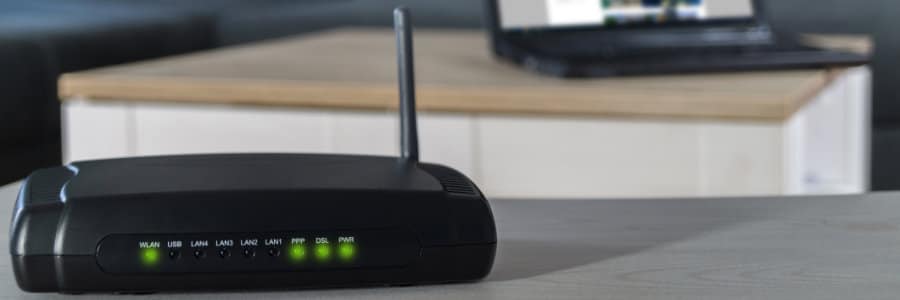Fast, reliable Wi-Fi is a business necessity, whether you’re working in an office or at home. Now that more and more people are working remotely, having good home Wi-Fi is more important than ever. A wireless repeater device and additional access points may just be what you need to ensure a stable and lightning-fast wireless connection throughout your home.
Both wireless repeaters and access points are simple and inexpensive, and getting either or both of these devices can improve your home Wi-Fi.
Wireless repeaters are devices that extend the limited reach that Wi-Fi routers tend to have, especially in structures with thick walls and multiple floors. They receive a signal from a Wi-Fi router and rebroadcast it as a new network. This new network is an extension of the main network, enabling the signal from your router to be transmitted over long distances or to the other side of obstructions, such as a wall, post, or ductwork.
On the other hand, access points are devices that allow wireless devices to connect to a network. Your router at home is actually an access point, and while most access points have built-in routers, others have to be connected to a router. Access points are usually hardwired to network switches or modems.
Getting started
But before you go out and buy these devices, conduct a survey of the Wi-Fi signal throughout your home first. This will help you map out where to place repeaters and access points to maximize your Wi-Fi connection. This involves:
- Determining the reach of your router. Use a Wi-Fi analyzer app such as NetSpot, Wifi Analyzer, or OpenSignal.
- Locating dead zones, or areas that don’t get a Wi-Fi signal, in your house. This can usually be solved by moving your router or modem to an area where the signal is better.
- Checking for obstructions (walls, furniture, plastics, water, etc.) and sources of interference (baby monitors, microwave ovens, radios, etc.). Any of these may be blocking or slowing down your Wi-Fi connection.
Based on your analysis, identify the best places to put the repeater and access point. For instance, if your router is in the living room and you can’t get a good signal in your bedroom down the hall, place the access point outside the living room and the repeater in the bedroom. The signal will be extended by the access point and picked up by the repeater, which will then broadcast it to nearby devices. Note that wireless repeaters must be set up in areas where the signal is poor, not in dead zones.
Setting up wireless repeaters and access points
Most brands and models of wireless repeaters and access points follow the same setup process.
Wireless repeaters
- Choose a location free from obstructions that can block signals from your Wi-Fi router.
- Plug the repeater into a power outlet.
- Using an Ethernet cable, connect the repeater directly to a computer. You can also connect the computer to the repeater’s wireless network.
- On your computer, enter your Wi-Fi network’s password.
- Any other steps to setting up your wireless repeater should be in the manufacturer’s instructions.
Access points
- Choose a location free from obstructions that can block signals from your Wi-Fi router.
- Turn off your router or modem and computer. Connect your access point to your router or modem and to your computer using an Ethernet cable.
- Turn on your router or modem, and plug the access point into an electrical outlet.
- Turn on your computer, and start enjoying better Wi-Fi performance.
- Any other steps to setting up your access point should be in the manufacturer’s instructions. You can also change optional and advanced router settings by connecting to your router using the IP address provided in the manual, or either 192.168.0.1 or 192.168.1.1.
If you need more information about setting up and getting the most out of your wireless network, whether at home or in the office, get in touch with our experts today.




